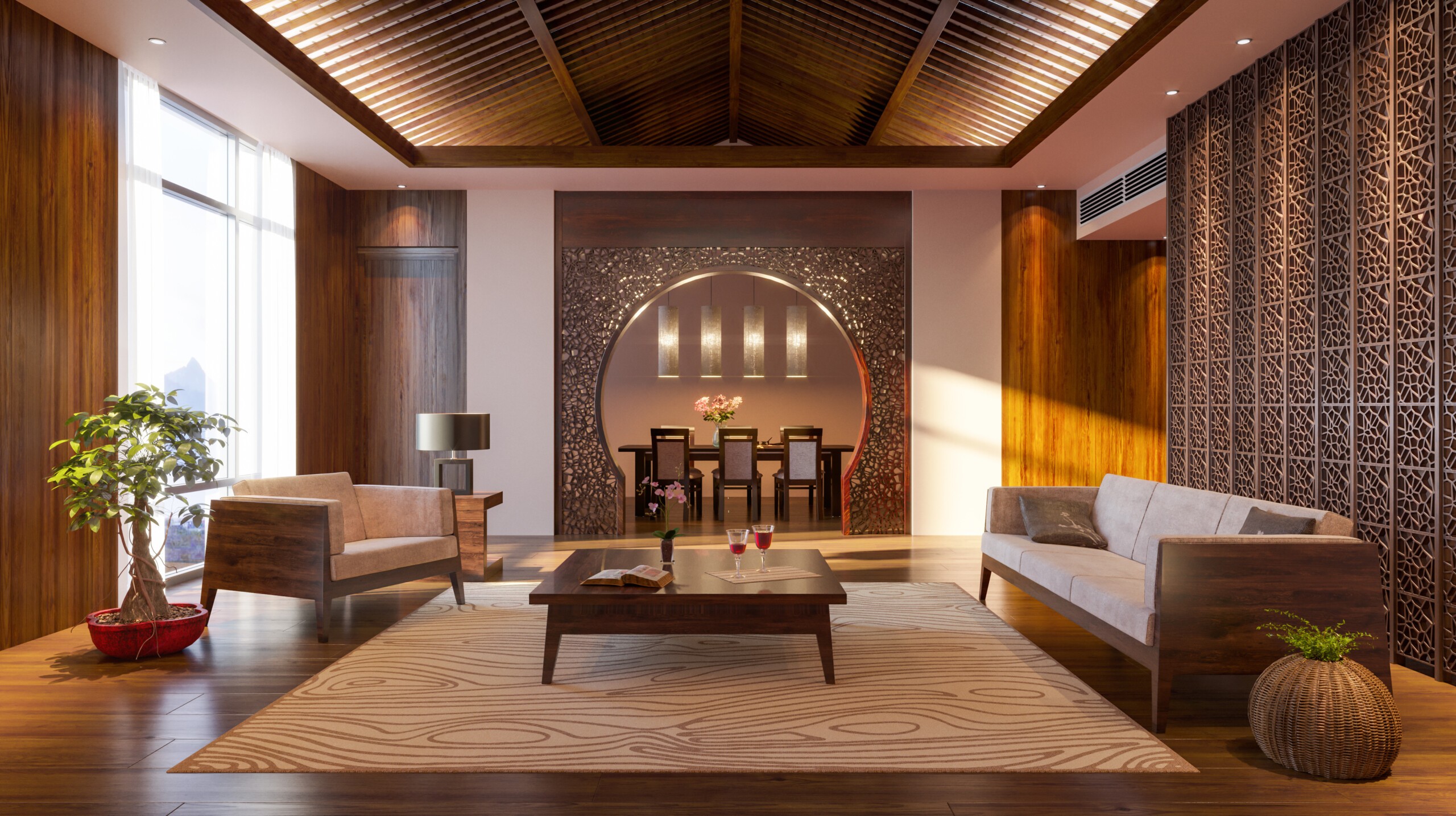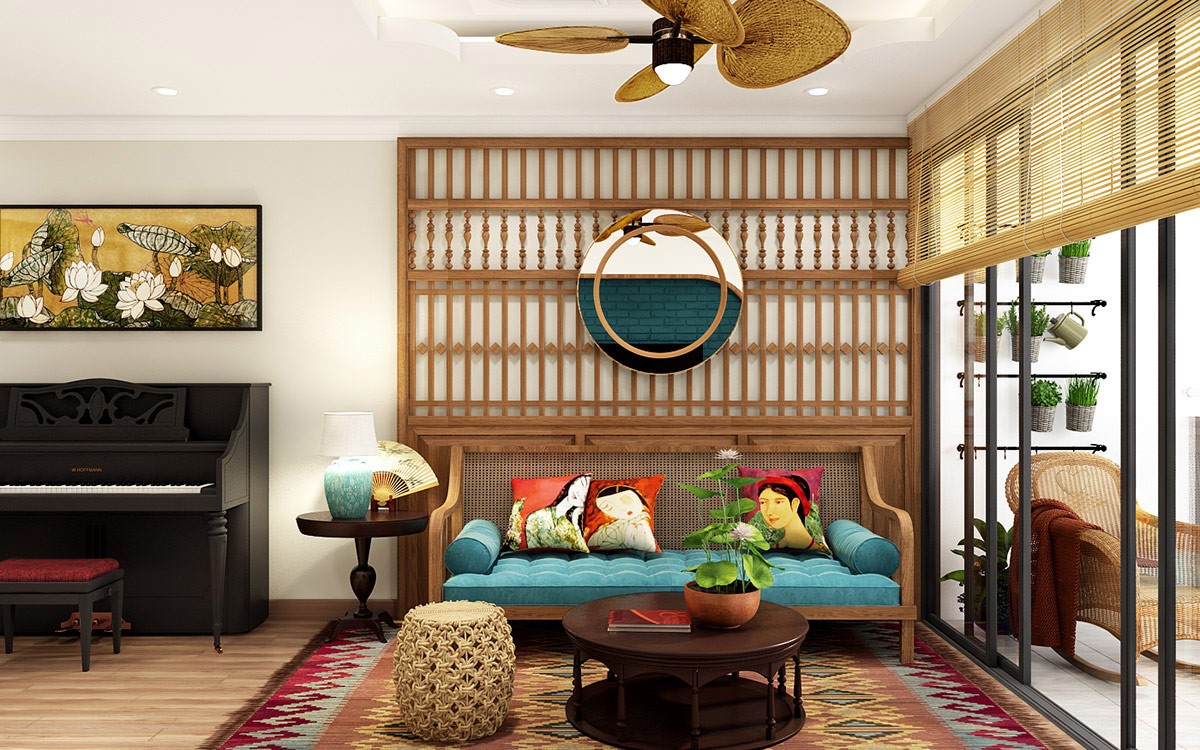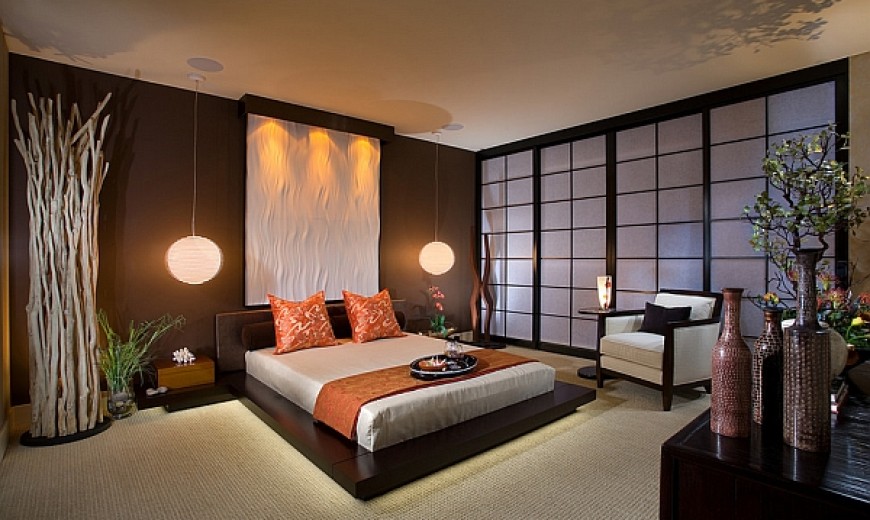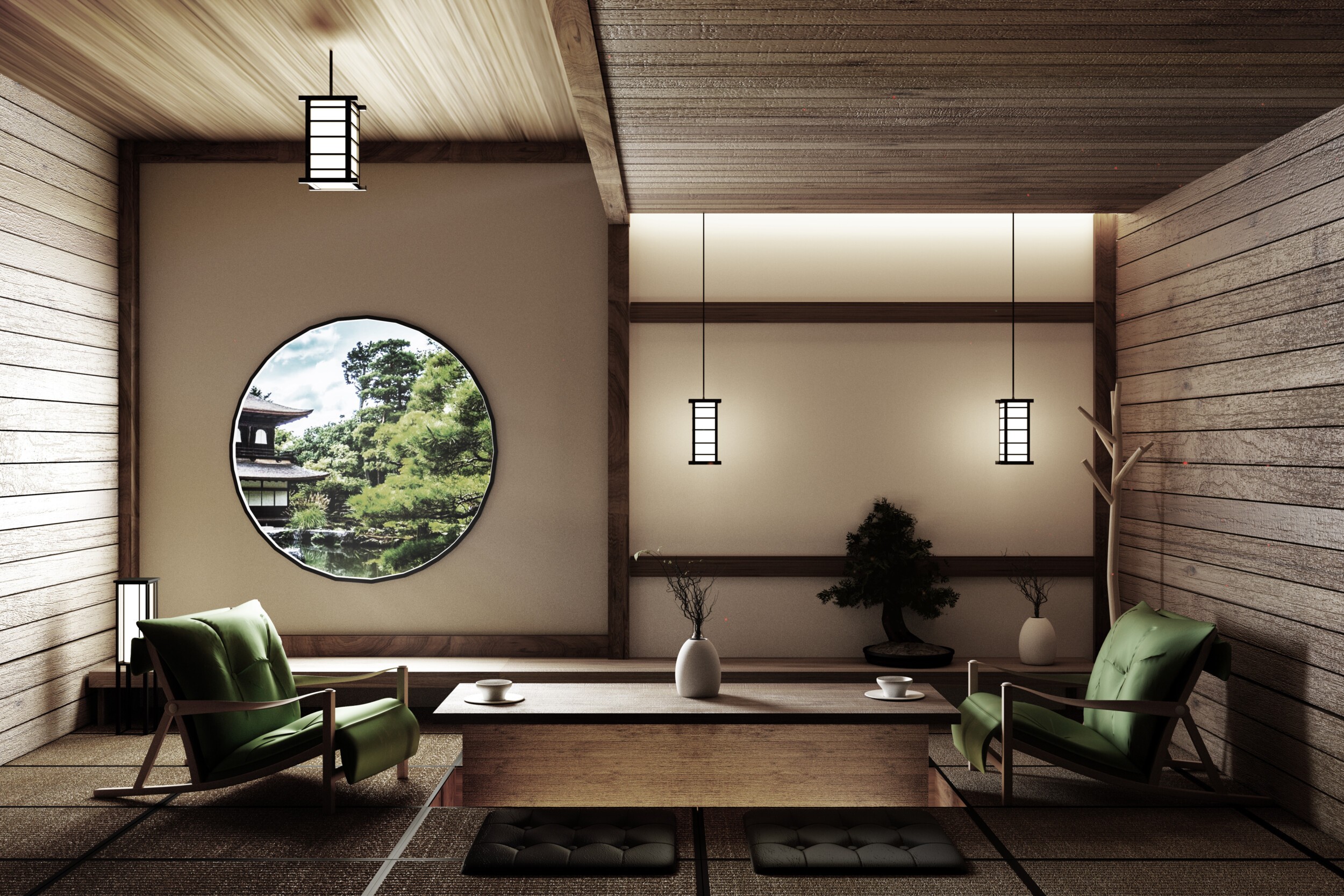In the realm of interior design, few styles evoke such a sense of calm and tranquility as Asian style. Rooted in ancient traditions and philosophies, Asian interior design offers a unique blend of aesthetics and functionality, making it a perfect choice for anyone looking to create a peaceful sanctuary at home. Drawing from my personal experience, I can attest to the beauty and versatility of this style. Whether you are drawn to the intricate motifs of Japanese Zen gardens, the minimalism of Scandinavian influences, or the vibrant colors found in Indian decor, Asian style has something for everyone. Let’s dive into the elements that define this captivating design style.
Understanding Asian Style Interior Design
Asian style interior design encompasses a wide range of influences, from Chinese and Japanese to Thai and Indian aesthetics. Each tradition has its unique characteristics, yet they all share common themes that promote harmony, balance, and natural beauty.
Key Characteristics of Asian Style Interior Design
- Natural materials: Emphasis on wood, bamboo, stone, and silk.
- Earthy color palettes: Using colors inspired by nature, such as greens, browns, and muted tones.
- Minimalism: A focus on simplicity and functionality, avoiding clutter.
- Harmony with nature: Incorporating elements that reflect the outdoor environment, such as plants and water features.
- Symbolism: Use of decorative elements that have cultural significance, such as lotus flowers and dragons.
Exploring Different Asian Influences
To grasp the full spectrum of Asian style interior design, it’s essential to explore various cultural influences and how they contribute to the overall aesthetic.
Japanese Interior Design: A Lesson in Minimalism
Japanese design epitomizes the phrase “less is more.” Inspired by Zen philosophy, the focus lies in creating tranquil spaces that promote mindfulness.
Core Elements of Japanese Design
- Shoji Screens: Sliding doors made of rice paper and wood that create flexible room divisions.
- Tatami Mats: Traditional flooring that adds warmth and comfort.
- Natural Light: Use of large windows and open layouts to bring in natural light.
- Indoor Gardens: Incorporating small plants or rock gardens for a serene touch.

Chinese Interior Design: A Rich Tapestry of Color and Symbolism
Chinese interior design boasts vivid colors and intricate patterns, often filled with symbolic meanings. The use of red, gold, and dragons embodies prosperity and luck.
Core Elements of Chinese Design
- Bold Colors: Incorporation of red and gold to convey fortune.
- Decorative Screens: Hand-painted or carved screens that serve as focal points.
- Artwork: Use of scrolls and calligraphy to enhance the aesthetic.

Indian Interior Design: A Feast for the Senses
Indian interior design is characterized by its intricate patterns, vibrant colors, and rich textiles. This style often incorporates elements of spirituality, reflecting the deep cultural heritage of the region.
Core Elements of Indian Design
- Textiles: Use of colorful fabrics, embroidered cushions, and drapes.
- Intricate Patterns: Decorative motifs derived from nature and traditional art.
- Spiritual Symbols: Inclusion of deities and religious symbols in decor.

Designing Your Space: Practical Tips for Incorporating Asian Style
Now that we’ve explored the different influences within Asian interior design, let’s discuss how to seamlessly integrate these elements into your own space.
1. Choose a Color Palette
Select a color palette that reflects the essence of the Asian style you wish to achieve. Opt for earthy tones, muted colors, and natural hues.

2. Incorporate Natural Materials
Utilize materials such as wood, bamboo, and stone for furniture and decor to enhance the organic feel of your space.
3. Embrace Minimalism
Declutter your space, selecting only essential items that add value. A minimalist approach enhances the calming atmosphere.

4. Add Greenery
Incorporate plants or indoor gardens to bring nature indoors, which is a fundamental aspect of Asian design.
5. Focus on Lighting
Choose soft, ambient lighting fixtures that enhance the tranquility of your space. Avoid harsh overhead lights.

Pros and Cons of Asian Style Interior Design
| Pros | Cons |
|---|---|
| Promotes tranquility and relaxation. | May require more maintenance with natural materials. |
| Timeless design that adapts to various settings. | Can be perceived as too minimalist for some tastes. |
| Incorporates cultural significance and symbolism. | Finding authentic pieces may be challenging in some areas. |
Comparing Asian Style with Other Design Styles
To appreciate the uniqueness of Asian style, let’s see how it compares to other popular interior design styles, such as Scandinavian and Bohemian.
| Feature | Asian Style | Scandinavian Style | Bohemian Style |
|---|---|---|---|
| Color Palette | Earthy and muted | Neutral with pops of color | Vibrant and eclectic |
| Materials | Natural (wood, bamboo) | Wood and textiles | Varied (textiles, metals) |
| Design Philosophy | Harmony and balance | Simplicity and functionality | Creative freedom |
FAQs About Asian Style Interior Design
What is the main focus of Asian style interior design?
The main focus is to create a tranquil and harmonious living space through simplicity, natural materials, and a connection to nature.
How can I incorporate Asian decor without a complete overhaul?
You can start by adding a few key pieces, such as decorative screens, plants, and textiles that reflect Asian aesthetics, which can easily complement your existing decor.
Can Asian style work in small spaces?
Absolutely! The minimalist approach of Asian style makes it ideal for small spaces, as it emphasizes functionality and decluttering.
Are there specific colors associated with Asian interior design?
Yes, Asian interiors often incorporate earthy colors, reds, and golds, which are believed to symbolize prosperity, tranquility, and harmony.
Is it expensive to decorate in Asian style?
The cost can vary significantly based on the materials and pieces you choose. There are many affordable options, such as bamboo decor and simple textiles that can achieve the look without breaking the bank.
Conclusion: Your Journey to a Serene Space
Asian style interior design is more than just a decorating choice; it’s a philosophy that embraces tranquility, balance, and a connection to nature. By incorporating its elements into your home, you invite serenity into your life. Whether you choose the minimalism of Japanese design, the vibrancy of Indian decor, or the rich symbolism of Chinese aesthetics, you are sure to create a space that is not only beautiful but also deeply fulfilling. Start small, be intentional, and embark on your journey toward a serene sanctuary. Happy decorating!